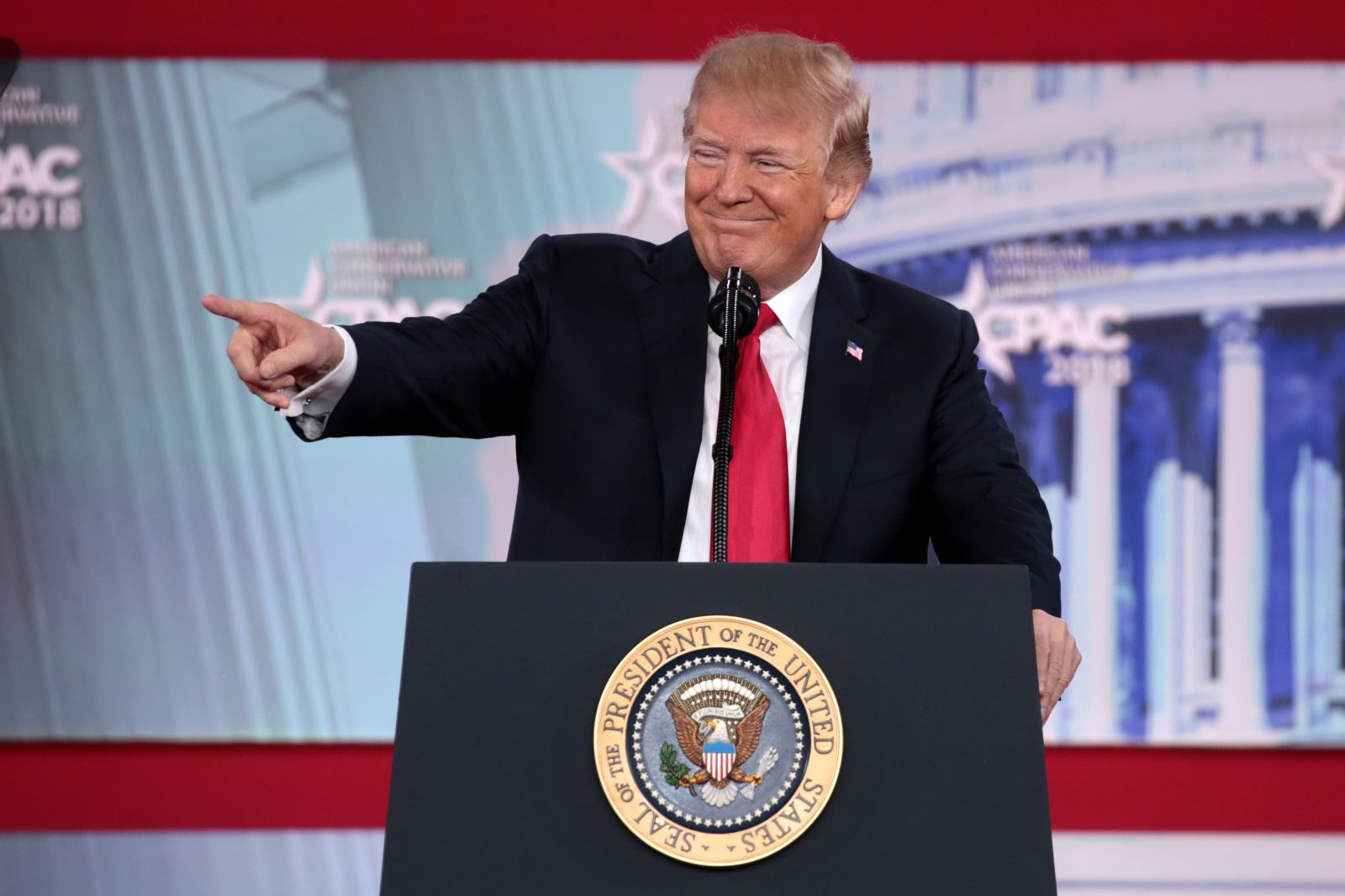Introduction
AI chip sales to China are at the center of an intense strategic and political debate; the Trump administration’s decision to permit exports of advanced chips such as Nvidia H20 and AMD MI308, tied to a 15% revenue‑sharing deal, raises concerns about national security, technological leadership and negotiation transparency.
Background
Historically, U.S. export controls limited access to high‑performance components to prevent adversaries from enhancing military capabilities. The recent policy reversal allowing major firms to sell more capable chips to Chinese customers triggered pushback from Senate Democrats who warn of strategic consequences and question the trade‑offs between economic gains and security.
The Problem / Challenge
The debate focuses on two main challenges: (1) the risk that access to advanced chips strengthens China's military and surveillance systems; (2) the choice to offset risk with a 15% revenue share, whose legality and transparency have been questioned. Enforcement is complicated by global supply chains and the potential for illicit diversion through third countries.
The 15% Revenue‑Sharing Detail
The agreement gives the U.S. government a 15% cut of authorized sales; proponents argue it balances economic engagement and oversight. Critics (cited in sources like CNBC, Fortune and NextGov) argue the financial return may not outweigh long‑term strategic costs and call for clearer disclosure of how the fee is calculated and used.
Impact on U.S. Technological Leadership
Allowing advanced chips to be sold abroad can accelerate target countries’ AI progress and erode U.S. advantage in critical sectors tied to defense and industry. Export controls on dual‑use technologies exist to protect that edge; partially lifting them therefore risks diminishing U.S. technological dominance over time.
Enforcement Challenges and Loopholes
Effective control is difficult: complex supply chains, risks of smuggling, and rerouting via Southeast Asian countries can blunt export restrictions. Reports note that while the most advanced chips remain restricted, enforcement gaps may enable circumvention of controls.
Approach and Mitigation Options
- Increase transparency of the 15% deal with independent audits and public disclosure
- Set stricter technical criteria for allowable chips to limit sensitive dual‑use functions
- Improve supply‑chain tracking and post‑sale compliance checks
- Consider legislative oversight for government‑industry agreements on sensitive technologies
Conclusion
AI chip sales to China, tied to a 15% revenue share, present a trade‑off between short‑term economic benefits and long‑term strategic risk. Calls from Senate Democrats for transparency and stronger controls underline the need for mitigations that protect national security without unduly stifling legitimate commerce.
FAQ
Frequently asked questions on AI chip sales to China
-
What is the main risk of AI chip sales to China? The main risk is that advanced chips could enhance China’s military and surveillance capabilities.
-
Why is the 15% revenue share controversial? Critics argue the financial return does not offset strategic risks and call for greater transparency about the agreement.
-
Which chips are referenced in discussions? Public reports often mention models like Nvidia H20 and AMD MI308 as focal examples.
-
What enforcement weaknesses exist for export controls? Complicated supply chains, potential smuggling, and rerouting through third countries can weaken controls.
-
What mitigation steps are recommended for AI chip sales to China? Transparency, stricter technical limits, supply‑chain tracking and legislative oversight are commonly suggested measures.
